LEVELLING ROLLER COASTER INCOMES
AWC chairman Kevin Auch said 2016 was just the sort of year in which deferring income from one crop year to another made sense.

AWC chairman Kevin Auch said 2016 was just the sort of year in which deferring income from one crop year to another made sense.
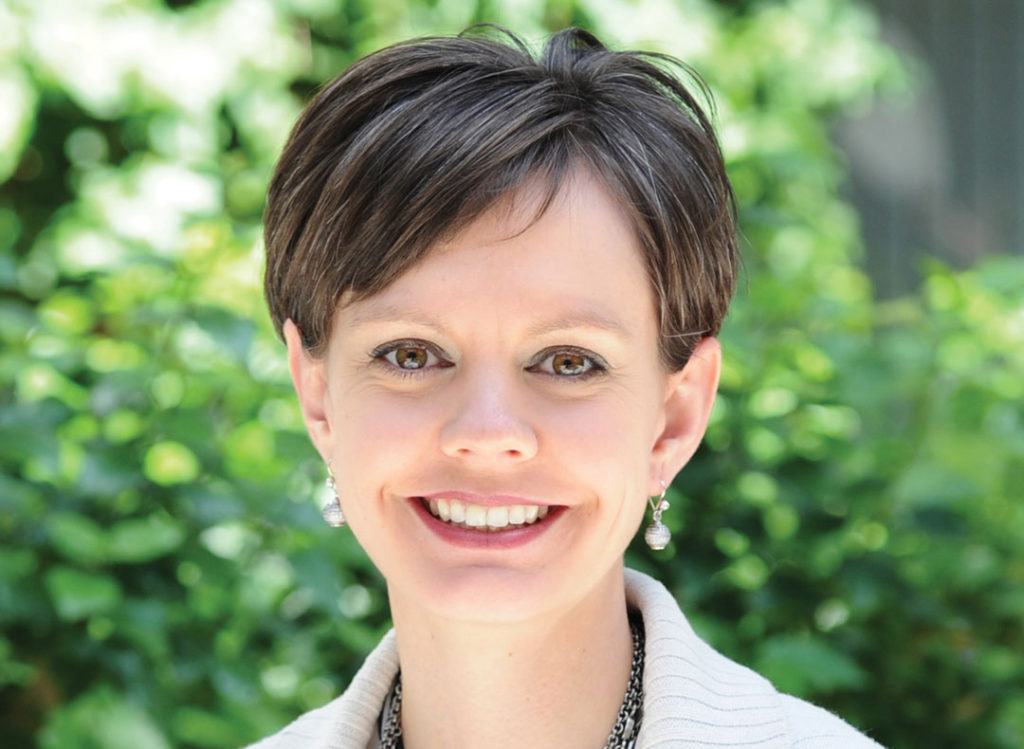
Demand by agri-food businesses for sustainably produced crops continues to increase. Addressing this, provincial chapters of the Environmental Farm Plan (EFP) program have been in operation for more than two decades.

The Fusarium Head Blight Risk Tool was launched at the start of the 2017 growing season. Developed by the Alberta Wheat Commission in collaboration with the Alberta Climate Information Service, the online resource features a local risk indicator, a provincial risk map and a tab detailing best management practices.
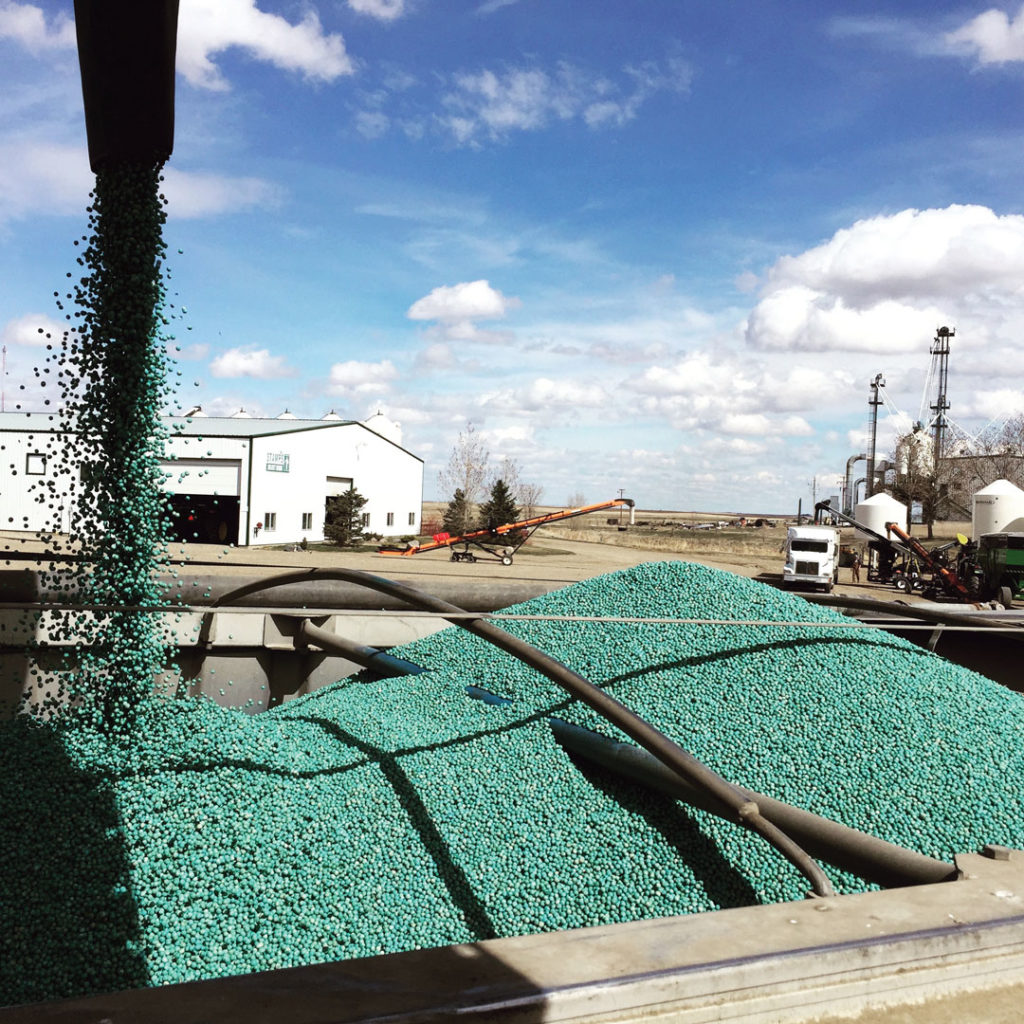
Southern Alberta farmer Greg Stamp is concerned he may be losing a very effective component of his crop protection toolbox.
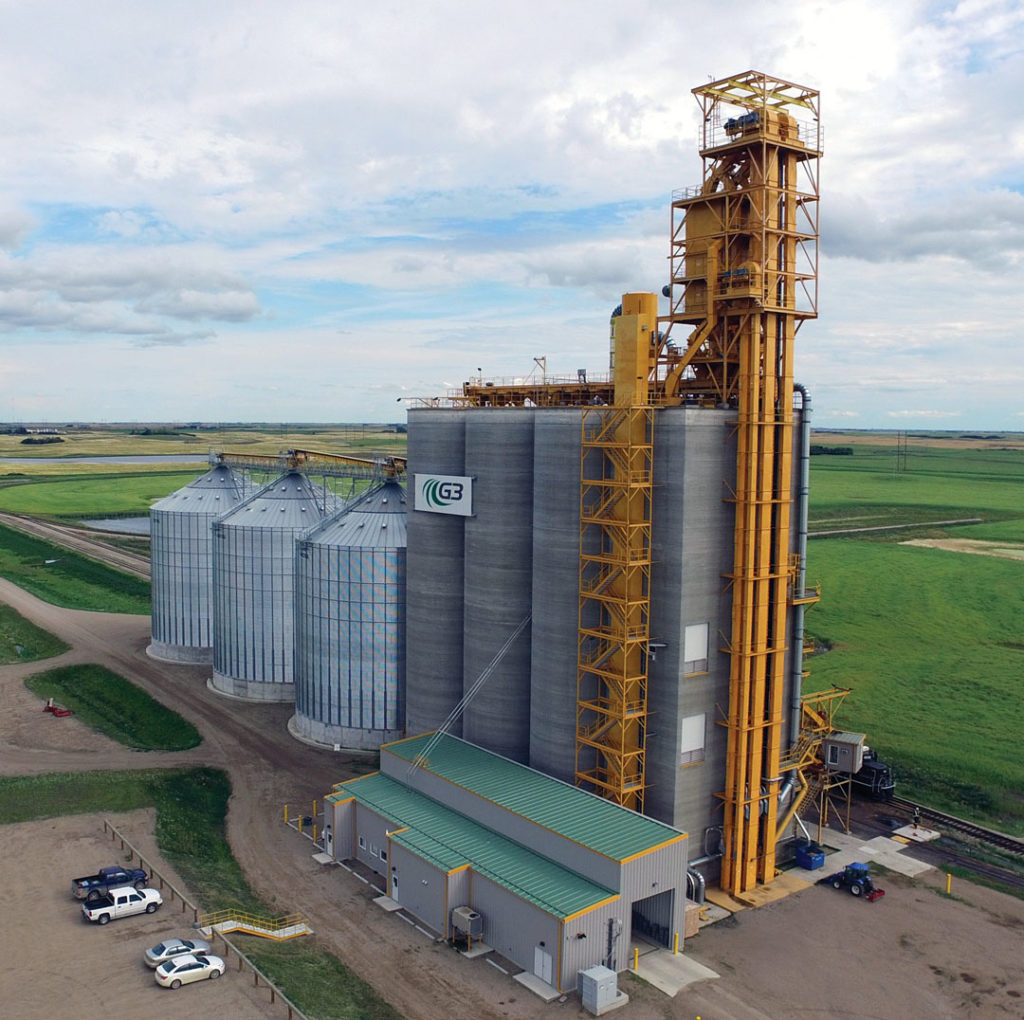
Over the last two years, loop track grain elevators have been built across Canada. These facilities can load and move grain more efficiently, but they’re just part of the picture. Much of the efficiency gain over two decades has occurred at conventional, straight-track facilities, where improvement may yet occur.
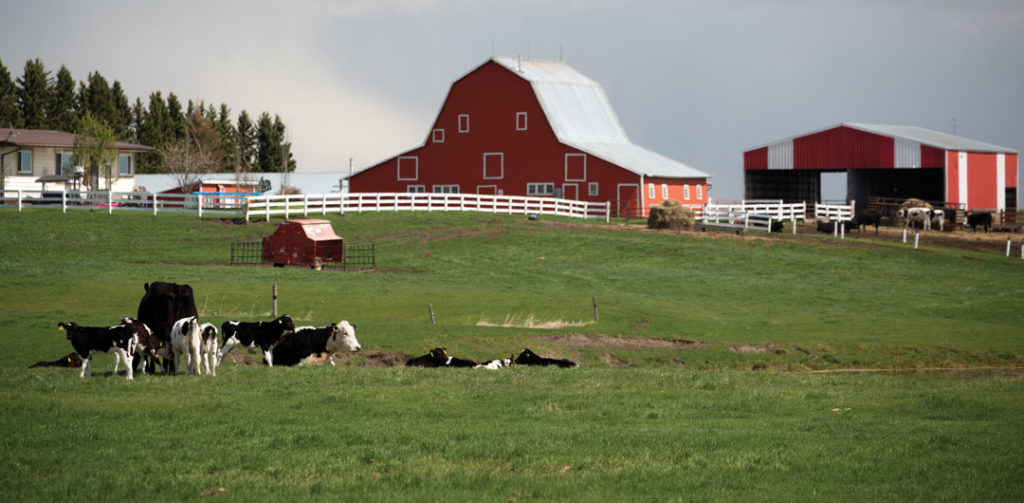
As sustainability climbs to the top of the federal government’s agricultural policy agenda, farmers may wonder how they ensure their farms are well positioned for the future. “Often, the first thing that comes to mind when we hear the word ‘sustainability’ is climate change and the environment,” said Jolene Noble, extension co-ordinator for the Alberta Farm Sustainability Extension (AFSE) working group. “But sustainability is not only an important part of agriculture because of environmental leadership, but also because of succession planning, business readiness and future market access.”
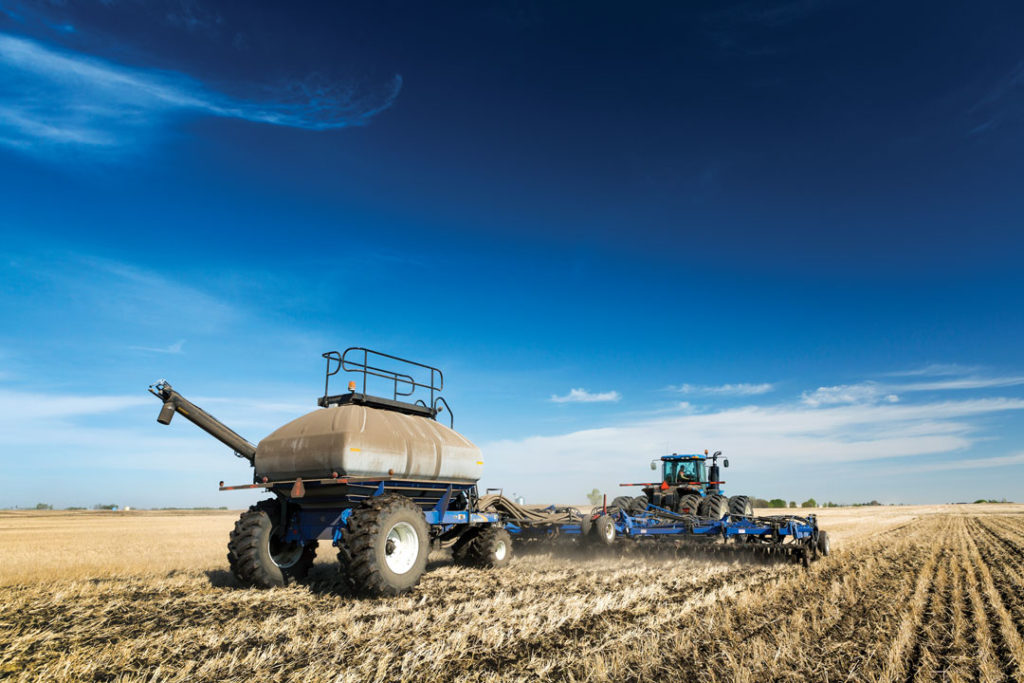
Stakeholders in the Canadian ag industry are optimistic that a potential free trade agreement (FTA) with China could vastly increase value, predictability and competitive edge in export. With other countries—including Australia, New Zealand and Chile—already securing FTAs with China, the potential for Canada to do so looks promising.
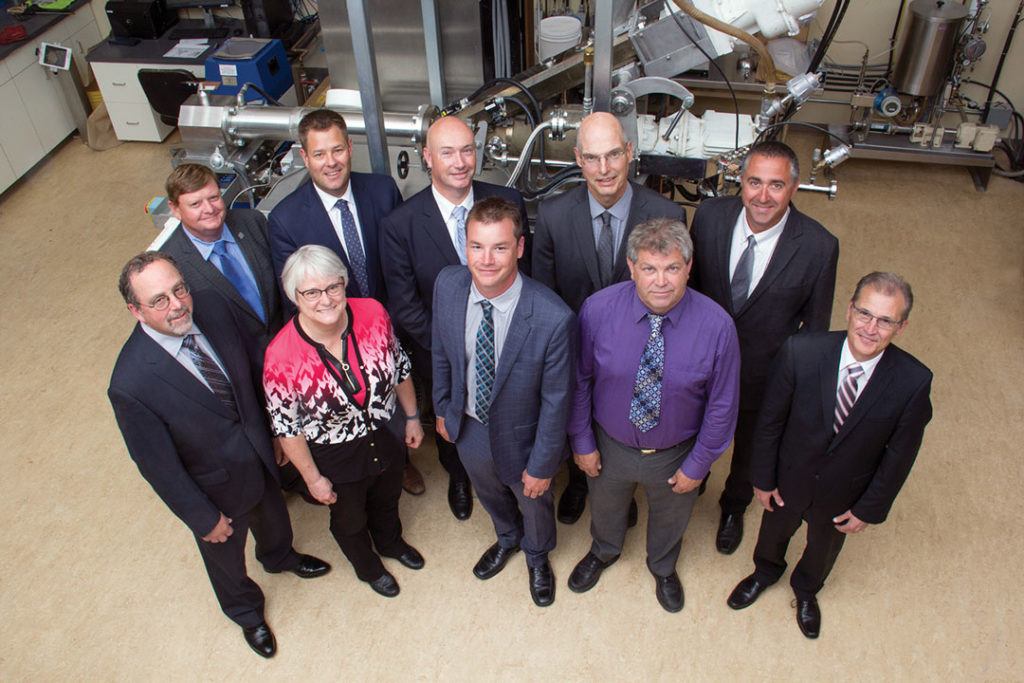
The Canadian International Grains Institute (Cigi) is experiencing a time of change, but the CEO of the organization sees nothing but opportunity and growth ahead.
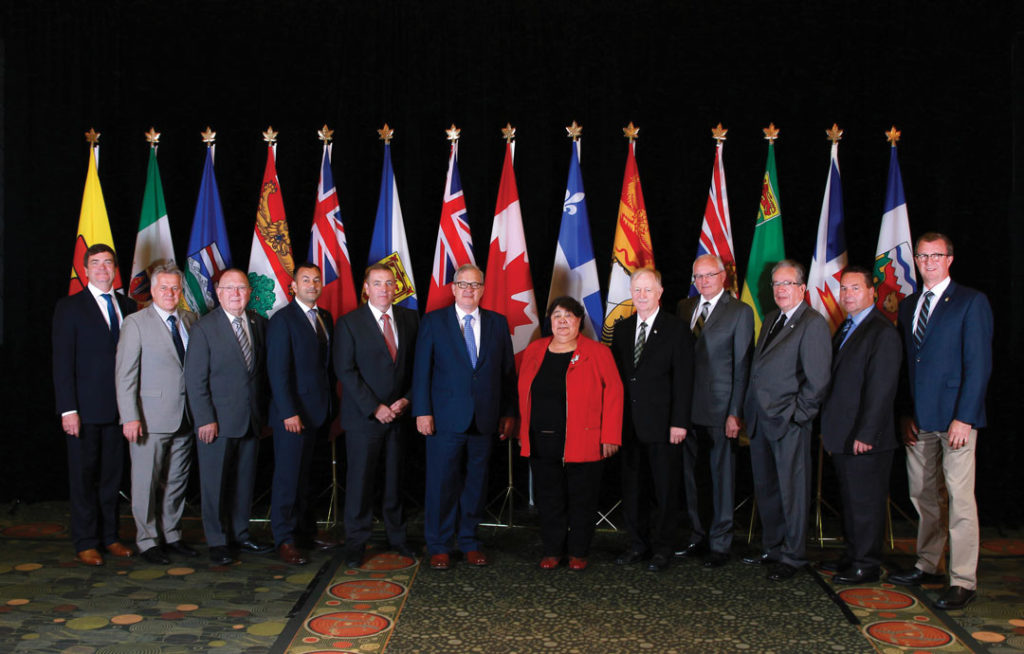
During the July 19-21 annual meeting of federal, provincial and territorial ministers of agriculture in St. John’s, NL, the ministers reached consensus on the makeup of the successor to Growing Forward 2, which is now drawing to a close.

With the renegotiation of NAFTA slated to begin in just a few short weeks, the Alberta Wheat Commission (AWC) has been working diligently to assess the potential impacts of these trade talks on the Canadian grains sector, and to communicate producers’ concerns to the federal government.